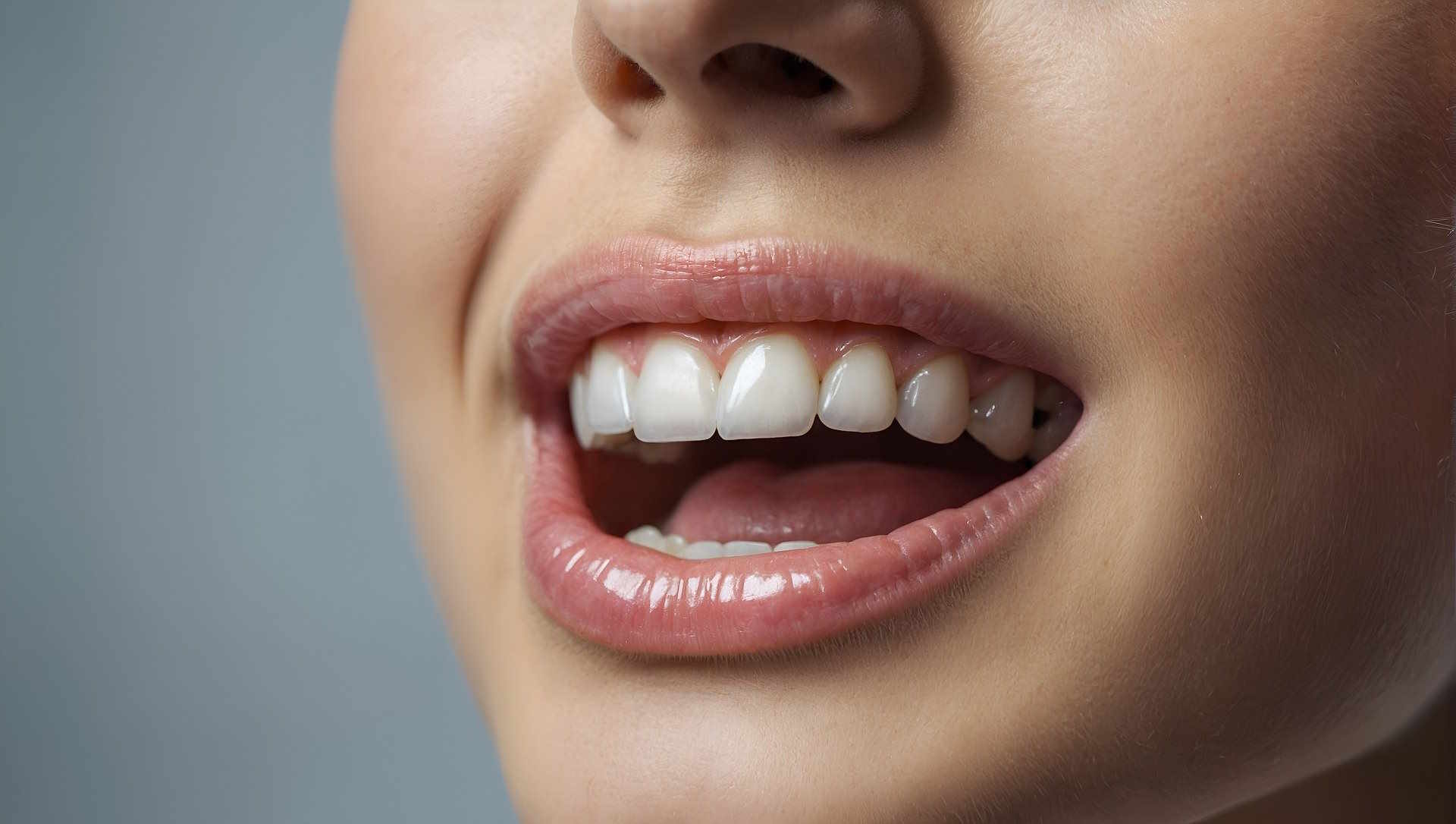Why Are Seniors in the United States Choosing Screw-Less Dental Implants Over Traditional Dentures in 2025?
Many U.S. seniors are increasingly choosing screw-less dental implants over traditional dentures. This article outlines why—covering practical benefits, suitability, risks, and comparisons with dentures and conventional implants to help readers make informed choices in 2025.

What Are Screw-Less Dental Implants?
“Screw-less” dental implants (sometimes called press-fit, friction-fit, or tapered implants) refer to implant designs and attachment systems that rely on a frictional or locking fit rather than a conventional threaded screw connection. These systems vary by manufacturer and technique. In some cases a smaller osteotomy (bone preparation) is used and the implant is seated with a press-fit; in others, different abutment connections provide a screw-less prosthetic interface.
Terminology and techniques differ, so it’s important to recognize that not all “screw-less” products are identical. Surgical steps can still involve careful bone preparation, and some systems may be described as less invasive but still require precise placement and healing for successful integration.
Why Are Screw-Less Dental Implants Gaining Popularity Among Seniors?
Less invasive procedure and potentially reduced discomfort - Certain screw-less systems are designed to be less invasive than traditional threaded implants for appropriate candidates, which can mean smaller osteotomies and potentially less immediate post-operative discomfort. - However, invasiveness depends on the specific implant system and the patient’s anatomy; some cases still require more extensive preparation or adjunctive procedures.
Faster and more convenient treatment (case dependent) - Some implant systems and clinical protocols permit shorter timelines or immediate provisional restorations in selected cases, which appeals to seniors who prefer fewer visits. - Many patients, however, still require staged treatment with healing periods; claims of single‑visit placement and full restoration are case-specific and not universally applicable.
Enhanced stability and a more natural experience - When successfully integrated, implant-supported restorations—whether screw‑less or conventional—typically provide better stability than removable dentures, improving chewing ability and reducing shifting during speaking. - The degree of improvement depends on implant type, number and location of implants, and the quality of the final prosthetic restoration.
Preservation of jawbone and facial structure - Restored implants can transmit functional forces to the jawbone, which, when osseointegration occurs, helps preserve bone and support facial contours better than conventional dentures that sit on soft tissue alone. - The magnitude of this benefit varies with patient factors, implant positioning, and long-term maintenance.
Simplified oral hygiene and reduced soft-tissue irritation - Fixed implant restorations generally permit hygiene routines similar to natural teeth (brushing, interdental cleaning, professional maintenance), eliminating the need for nightly soaking or adhesives required by many dentures. - Properly designed implant restorations can reduce gum irritation associated with poorly fitting dentures; nonetheless, implants require ongoing care to prevent peri-implant disease.
Cost-effectiveness over time (variable) - Initial costs for implant treatments are usually higher than for conventional dentures. For some patients, implants can be more cost-effective over the long term due to reduced need for frequent relining or replacement and lower incidence of some denture-related complications. - Long-term cost and value depend on implant longevity, maintenance needs, patient health, and local provider fees.
Are Screw-Less Dental Implants Suitable for All Seniors?
Candidacy is individualized. Important considerations include: - Jawbone quantity and quality: adequate bone is needed for primary stability; bone grafting or other preparatory procedures may be required. - Overall health and medications: conditions such as uncontrolled diabetes, certain cancer treatments, or use of bisphosphonates can affect healing and risk. - Lifestyle factors: smoking and poor oral hygiene increase implant failure risk. - Functional needs and expectations: the number and type of implants, and whether fixed or removable prostheses are appropriate, should be discussed with a qualified clinician.
A thorough evaluation by an implant-experienced dentist or oral surgeon is essential to determine whether a screw-less implant system is appropriate. In some situations traditional dentures or conventional threaded implants remain the better or only viable option.
The Growing Accessibility of Screw-Less Implants in the United States
Advances in implant design, digital planning, and a broader provider network have increased access to a wider range of implant options, including screw-less systems. Coverage, availability, and practitioner experience vary by region. Patients should verify provider credentials, ask about the specific implant system, review expected timelines, and request evidence or outcomes data when available.
Summary
In 2025, many U.S. seniors are choosing screw-less dental implants for reasons that include: - Potentially less invasive placement for some implant designs and candidates - Shorter or more convenient treatment pathways in selected cases (but not universally) - Improved stability and function compared with conventional removable dentures when osseointegration is achieved - Potential preservation of jawbone and facial structure over time - Hygiene routines more similar to natural teeth and fewer denture-related irritations - Possible long-term value despite higher upfront costs, depending on individual circumstances
Important caveats: implant systems and outcomes vary, clinical claims (such as elimination of drilling or single‑visit full restorations) are case-dependent, and long-term comparative data differ among products. Consult a dental implant specialist to evaluate risks, benefits, and alternatives for your specific health status and goals.
Disclaimer: Prices and availability of screw-less dental implants vary by location, dental provider, and individual treatment plans. Readers should verify current information with local dental professionals. This article is informational and not a substitute for professional dental advice.
Sources
- WebMD: What Are Snap-In Dentures?
- Park Dental Care Brooklyn: Top 5 Benefits of Choosing Dental Implants Over Dentures
- Provoke Pulse: Insights on screw-less dental implants for seniors




